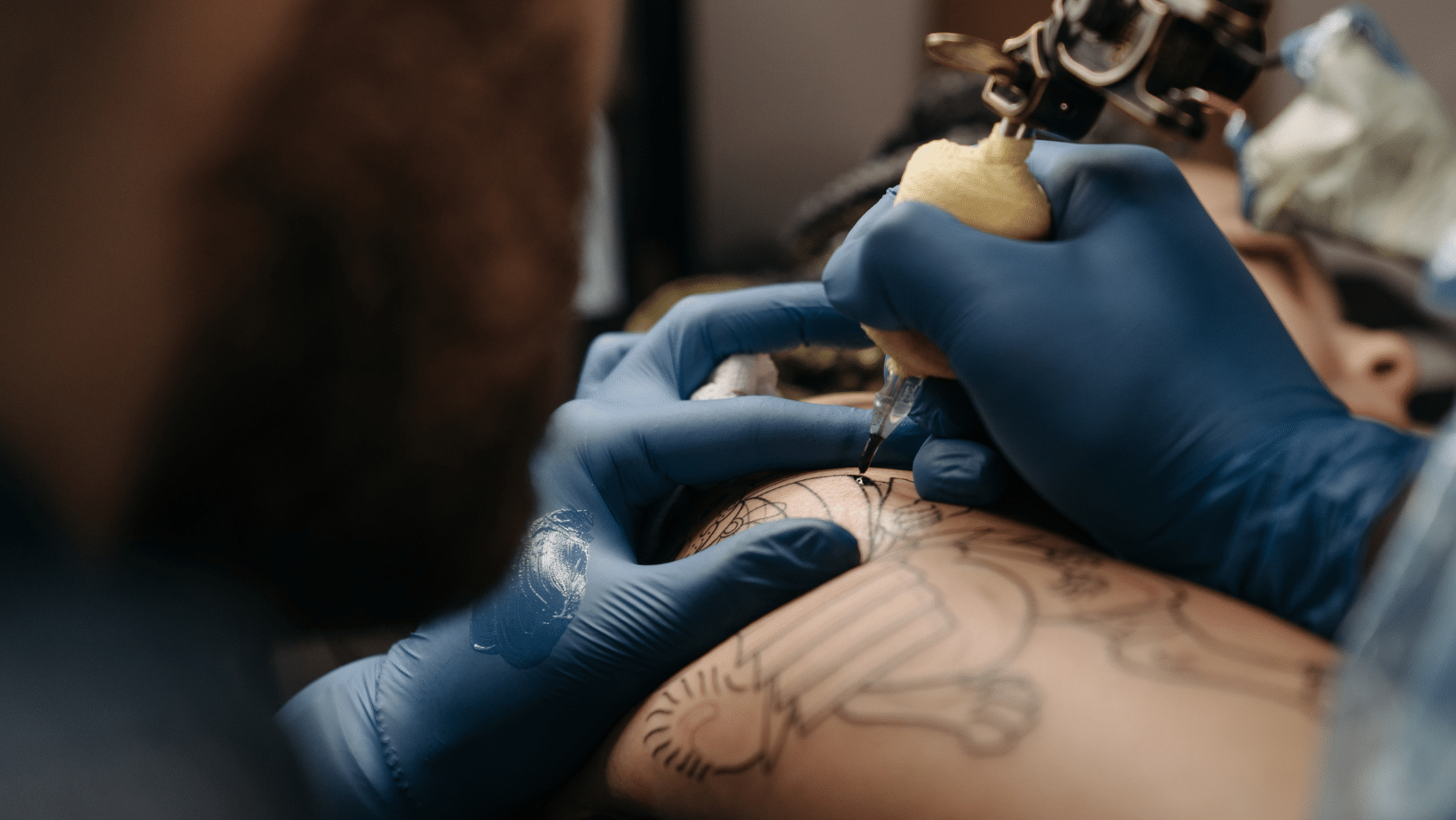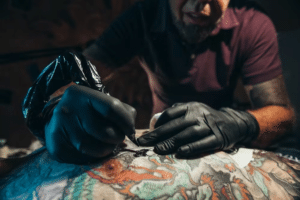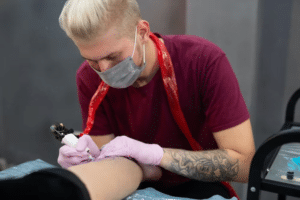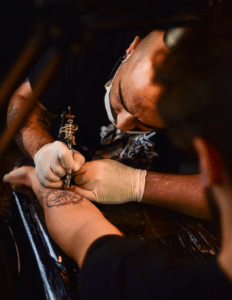How To Minimize Tattoo Pain: Expert Tips For A Smooth Experience!
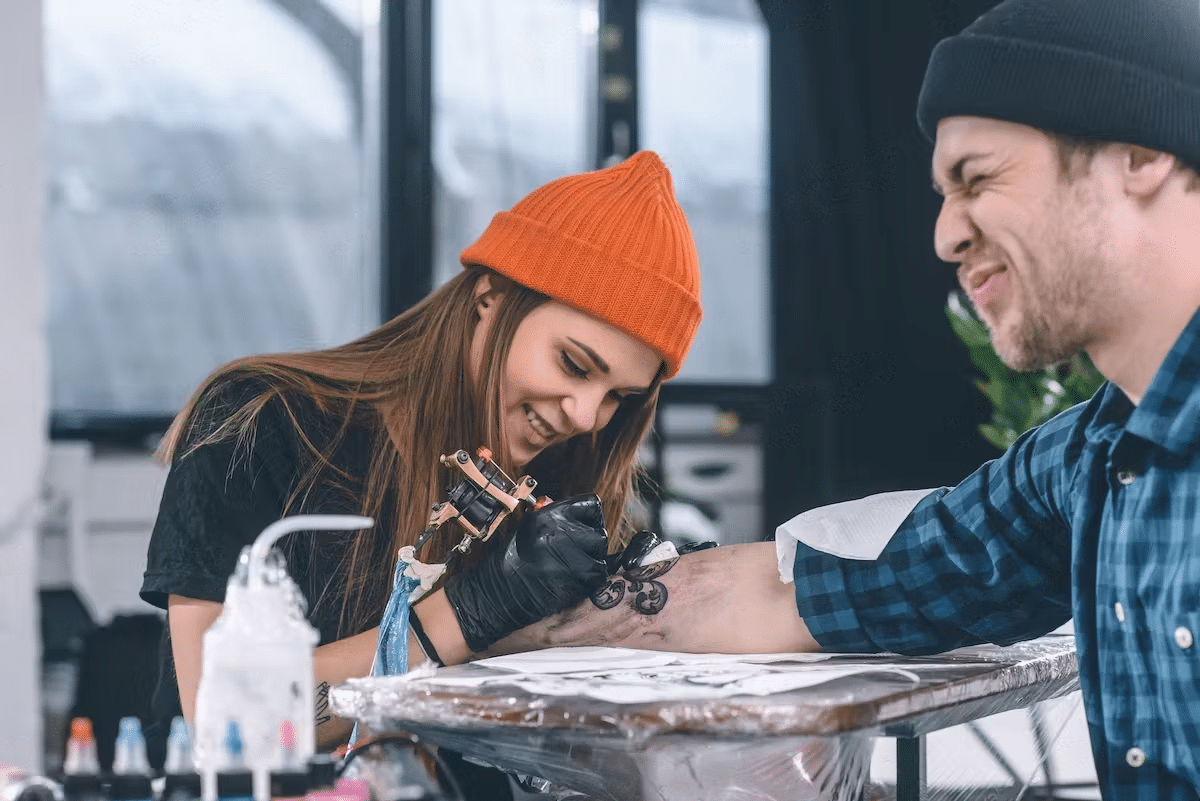
Tattoos are a popular form of body art, but the pain associated with getting one can be a major deterrent. This blog will dive into the science behind tattoo pain and offer tips for minimising discomfort during the tattooing process.
From understanding the body’s pain response to discussing the role of the tattoo artist, we will provide valuable insights for anyone considering getting a tattoo.
Why Do We Experience Pain After Getting A Tattoo
Tattoo pain is a result of the needle piercing the skin repeatedly to deposit ink into the dermis layer. The needle punctures the skin’s nerve endings, causing pain. Pain intensity depends on various factors, such as the person’s pain threshold and the size and location of the tattoo.
The pain also varies depending on the person’s health and well-being, with factors such as stress, anxiety, and fatigue influencing pain perception. The type of needle and technique the tattoo artist uses can also impact pain levels. Understanding the underlying causes of tattoo pain can help in finding ways to minimise discomfort during the process.
Pain-Relieving Tattoo Techniques
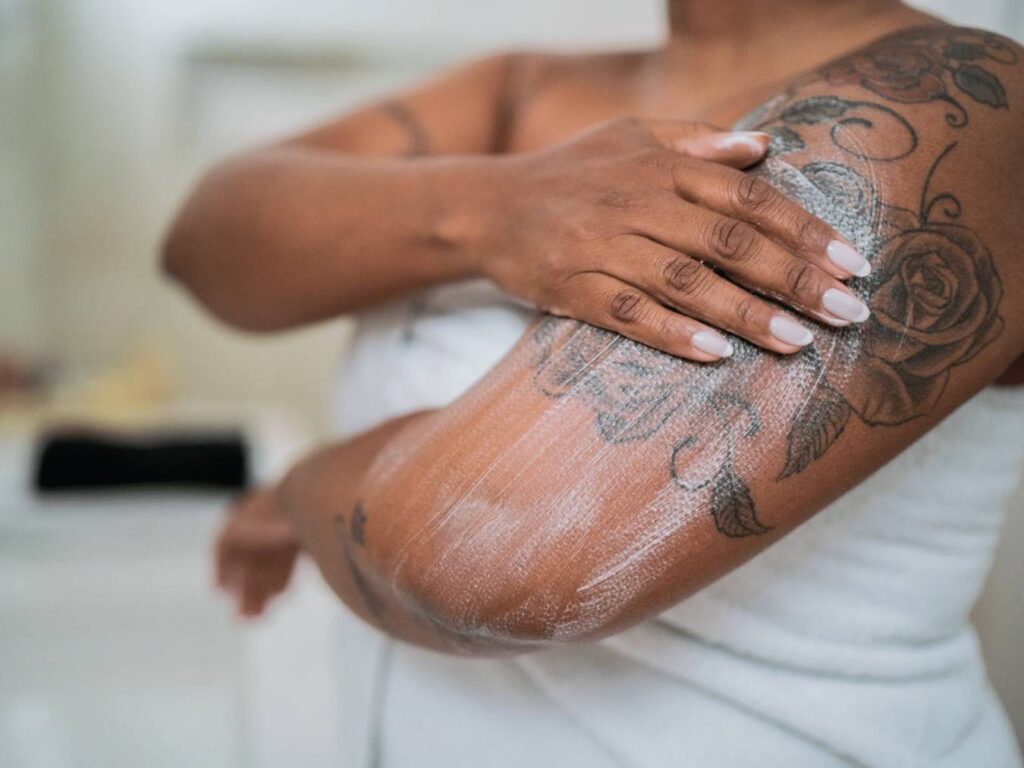
Several techniques can be used to minimise tattoo pain. Here are a few options:
Numbing Creams
One popular technique for minimising tattoo pain is the use of numbing creams. These creams contain a local anaesthetic that blocks pain signals from the nerves in the area where the cream is applied. They are typically applied to the skin about an hour before tattooing.
It is important to note that not all numbing creams are created equal. Some may be more effective and have side effects such as skin irritation or allergic reactions. It is important to speak with your tattoo artist or a medical professional before using any numbing creams to ensure they are safe and effective.
Additionally, some tattoo artists may not recommend using numbing creams, as they can affect the texture and quality of the skin during the tattooing process. It is important to discuss any concerns or questions you may have with your tattoo artist before deciding on a numbing cream.
Distraction Techniques
Distraction techniques can be very helpful in minimising tattoo pain. By keeping your mind occupied on something else, you can redirect your focus away from the discomfort. Some distraction techniques include:
- Listening to music: Bring your headphones and create a playlist of your favourite songs during tattooing.
- Engaging in conversation: Strike up a conversation with the artist or a friend who might be with you.
- Focusing on breathing: Deep breathing can help relax the body and take your mind off the pain.
- Visualising a calming scene: Close your eyes and imagine yourself in a peaceful, serene setting, like a beach or a forest.
Finding what works best for you and your pain tolerance level is key.
Deep Breathing
Deep breathing is a simple but effective technique for minimising tattoo pain. By focusing on your breath, you can shift your attention away from the discomfort of the tattoo needle. Deep breathing helps increase oxygen levels and release endorphins, natural painkillers in the body. It also helps you stay relaxed and calm during your tattoo session, minimising discomfort and pain.
To practice deep breathing, sit or lie comfortably and take a few slow, deep breaths. Breathe in through your nose, hold for a few seconds, and then exhale slowly through your mouth. Repeat this process several times during the tattooing process, and try to focus your attention on the rhythm of your breath.
Some people find it helpful to count their breaths or visualise a peaceful scene while practising deep breathing. Experiment with different techniques to find what works best for you.
Pain Relievers
Pain relievers can be taken before or during the tattooing process to help reduce the discomfort. Over-the-counter pain medications such as ibuprofen and acetaminophen can reduce pain and inflammation.
However, it is important to consult with a healthcare professional before taking any, especially if you have any underlying medical conditions or are taking other medications. Following the recommended dosage and not exceeding the maximum daily limit is also important.
Positioning
Certain body positions can minimise pain during the tattooing process. For example, lying down or sitting in a comfortable chair may be more comfortable than standing.
Hydration
Drinking plenty of water before tattooing can help keep the body hydrated and reduce pain. It’s important to discuss any concerns about pain with your tattoo artist before the tattooing process begins. They may have additional techniques or recommendations to help minimise pain and discomfort.
Mindfulness Techniques
Mindfulness techniques can also be helpful in minimising tattoo pain. This involves being present at the moment, focusing on your breathing, and practising relaxation techniques. Mindfulness can help you remain calm and reduce anxiety, reducing pain perception. It’s important to discuss with your tattoo artist if you plan to use mindfulness techniques during your session, as you may need to adjust your positioning or alert your artist if you need a break.
Tattoo Aftercare And Pain Management
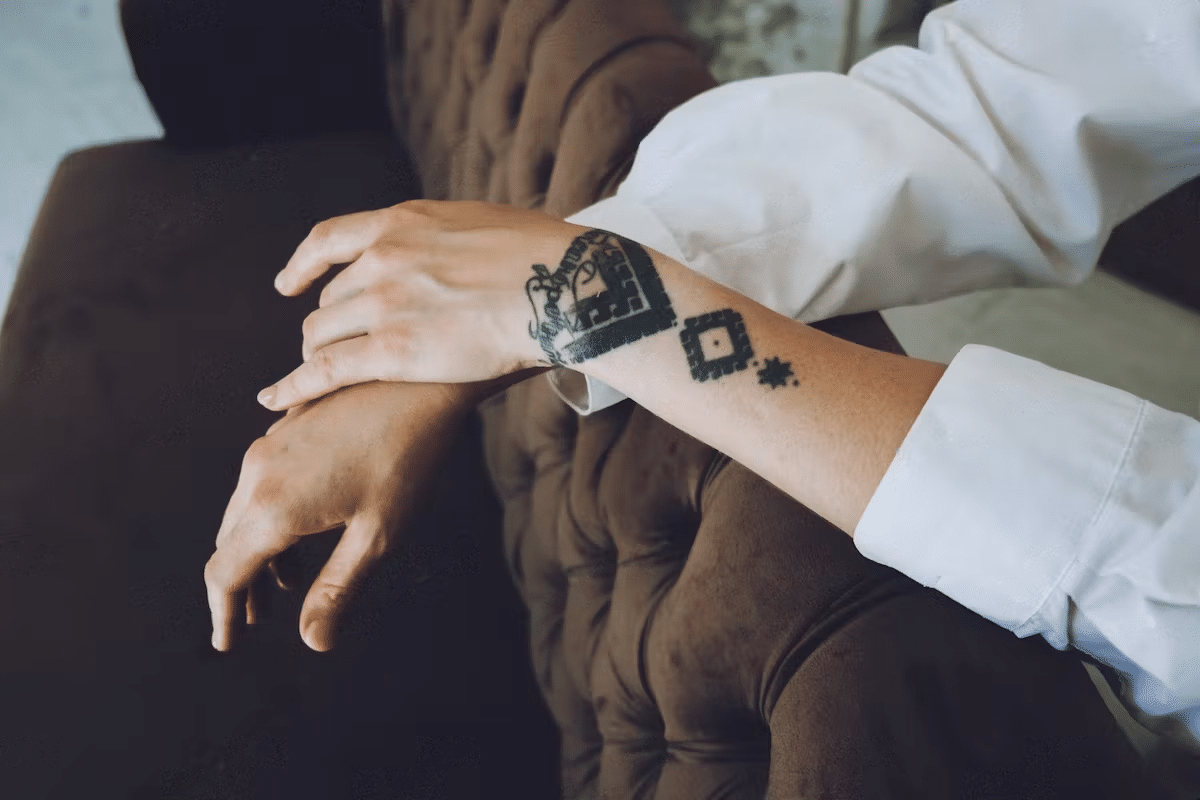
Aftercare and pain management are crucial for minimising discomfort during and after getting a tattoo. Proper aftercare helps heal and reduces the risk of infection, scarring, and prolonged pain.
After getting a tattoo, the artist will apply a bandage or plastic wrap to protect the tattoo and prevent bleeding. The bandage or wrap should be left on for a few hours or as instructed by the artist. Once the bandage is removed, the tattoo should be cleaned gently with mild soap and water.
To manage pain, it is recommended to take over-the-counter pain relievers, such as acetaminophen or ibuprofen, as directed by a healthcare professional. Applying a cold compress can also help reduce pain and swelling.
Keep your tattoo moisturised with a fragrance-free, hypoallergenic lotion to prevent itching and cracking. Avoid exposing the tattoo to direct sunlight, which can cause fading and prolong healing.
In case of severe pain, prolonged redness, or signs of infection, such as fever or pus, seek medical attention immediately. Proper aftercare and pain management can distinguish between a smooth, pain-free healing process and a painful, prolonged one.
Conclusion
When getting a tattoo, it is common to experience some pain. This is because the process
involves needles piercing the skin to inject ink into the dermis layer. The pain level varies depending on factors such as the location of the tattoo, the size, and the individual’s pain tolerance.
However, it is important to note that this pain is usually temporary and part of the overall tattooing process. It is a small price to pay for the permanent artwork the individual will have on their body for a lifetime. Many people even find the pain to be a part of the experience and take pride in enduring it to get their desired tattoo.
In conclusion, tattoo pain is an unavoidable part of the tattooing process, but various techniques are available to minimise it. Understanding tattoo pain and implementing pain management techniques such as distraction techniques, deep breathing, mindfulness techniques, and numbing creams can help reduce the discomfort.
Following the tattoo artist’s aftercare instructions is crucial to ensure proper healing and minimise pain or discomfort. Getting a tattoo can be a painless and enjoyable experience with the right approach.
FAQS
How do mindfulness techniques work to reduce tattoo pain?
Mindfulness techniques involve focusing on the present moment and accepting the sensations that come with it. Deep breathing, meditation, and visualisation are mindfulness techniques that can help reduce tattoo pain.
Is it normal to experience pain after the tattoo session?
Yes, it’s normal to experience some pain and discomfort after the tattoo session. However, this should subside within a few days. Over-the-counter pain relievers and following proper aftercare instructions can help manage pain.
When should I seek medical attention for tattoo pain?
If you experience severe or prolonged pain, swelling, or redness after the tattoo session, seeking medical attention is essential. These could be signs of an infection or other complications.

